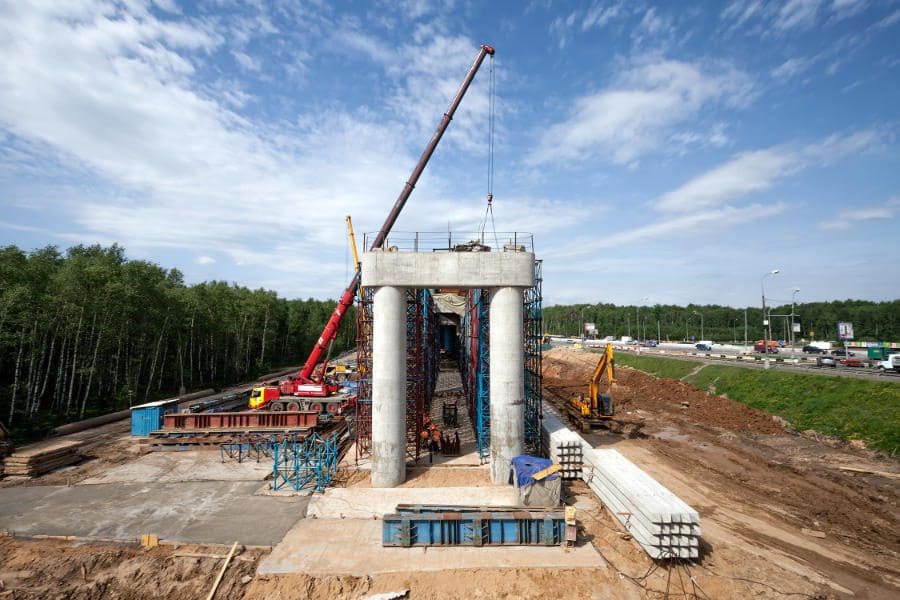
Design-Build Drives Down Costs and Construction Time
For the past decades upon decades of road construction, architects have designed highway projects and contractors have built them. According to the Sun Herald, federal agencies have been required to contract separately for design and building since the 1930s, and states have followed suit.
Unfortunately, this system has its faults. If, for instance, a design happens to work better on paper than it does in the real world, then that’s tough luck for builders as well as drivers. Lengthy delays, costly change orders, and miles and miles of construction-related traffic are common consequences of this scenario. Really, no one is happy when a highway project takes longer than expected to complete.
However, a new trend called Design-Build might just be the answer to years of construction-related hassles and confusion. And wouldn’t that be nice for highway commuters with nary a minute to spare on the road?
A Simple Solution
Design-Build isn’t a complex concept: it simply means contracting with a single firm for both design and building on a project, rather than involving multiple firms and muddying up the communications.
It’s not an entirely new concept either. In the 1990s, the federal government began allowing Design-Build procurement, and by 2014, 41 states were on board, according to a report by New York University’s Rudin Center for Transportation. Design-Build was also standard before the Miller Act of 1935, which mandated separate contracts.
Not all states have fully embraced Design-Build just yet. In fact, its use is limited to nine states, including New York, where one particular project is cited in NYU’s report as a shining example of Design-Build at work.
Saving Time and Money
In 2012, the New York State Thruway Authority began receiving proposals for the design and construction of a replacement for the Tappan Zee bridge. According to NYU’s report, Design-Build was used and major savings are projected. They include $1.7 billion in construction costs and $150 million in additional savings related to the maintenance of the existing bridge. Design-Build is also expected to reduce construction time on the new bridge by 18 months.
For the approximately 140,000 drivers traveling the Tappan Zee each day, the time saved may be the impact they feel the most. And can’t drivers everywhere relate? As NYU points out, Design-Build isn’t right for every project. But if it can cut the time commuters spend in construction-related traffic jams, it’s a solution drivers will likely support considering for roadwork.

